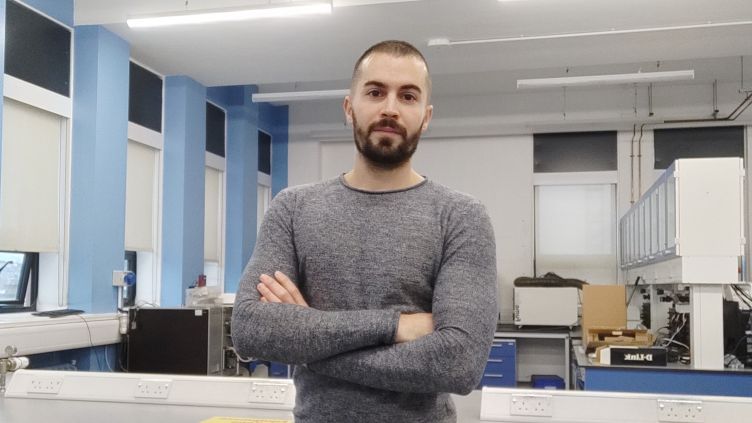Lithium-ion batteries are widespread in everyday life, and pivotal to the realisation of a competitive electric vehicle market. They commonly contain a liquid electrolyte in between two electrodes. However, it is this liquid electrolyte, and the interface between it and the electrodes, that can be unstable and, on occasion, catch fire.
An alternative is the solid-state battery, where a solid electrolyte component replaces the liquid electrolyte, improving the safety and the amount of energy that the battery can store. Using a solid-state electrolyte brings other challenges, such as high interfacial resistances and chemical incompatibility with the electrodes.
This study, published in Nature Communications, reports the development of a new family of materials containing those suitable for acting as the electrode and the electrolyte. This leads to more compatible and stable interfaces between the two and with metallic lithium.
The research group, from the University of Sheffield, Loughborough University, and ISIS, were supported by an EPSRC SUPERGEN grant and by the Faraday Institution. They designed the materials by tweaking the chemical composition, using computational modelling to understand the way the lithium ions sat within the structure. They then brought the materials to ISIS to confirm their predictions using neutron diffraction on Polaris and Gem, and muon spectroscopy on EMU.
Their new materials crystallize in the perovskite structure, with one containing tungsten and the other tellurium, leading to excellent compatibility. Both compositions contain lithium ions in two different positions within the crystal structure, providing fast lithium-ion diffusion.
Dr Marco Amores (pictured below) from the University of Sheffield explains; “The excellent compatibility between both of our lithium-rich double perovskites and also with Li metal provides a new avenue to tackle the detrimental interfacial incompatibility observed in current solid-state battery technology."
The presence of a different transition metal within the structure changed the materials' properties and the researchers found that, while tungsten can readily change oxidation state – ideal for an electrode, tellurium is resistant to redox cycling suitable for a solid electrolyte.
As well as testing the materials separately, the group also combined them in a single hybrid solid-state cell, and found that the electrode functionality was maintained.

The next stage of project will involve further tuning of the materials to match the interfaces, pairing with high-voltage cathode materials, and concentrating on scalability of the materials for viable manufacturing.
Marco adds; “Our work opens up the possibility to expand this approach to other families of materials, contributing towards the ultimate goal to speed up the realisation of solid-state batteries for a safer and increased energy storage technology."
Further Information
The full paper can be found online at DOI: 10.1038/s41467-020-19815-5
